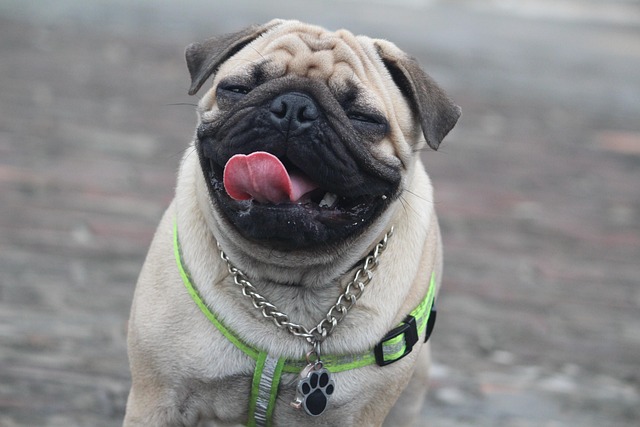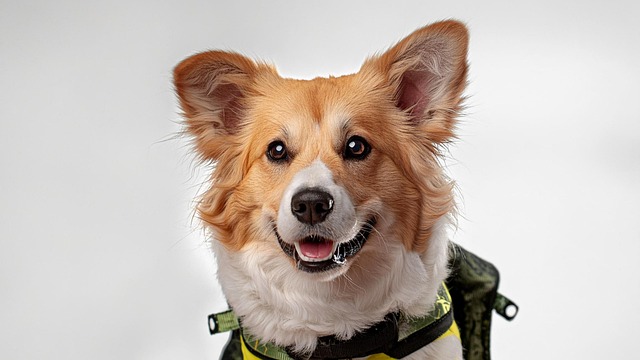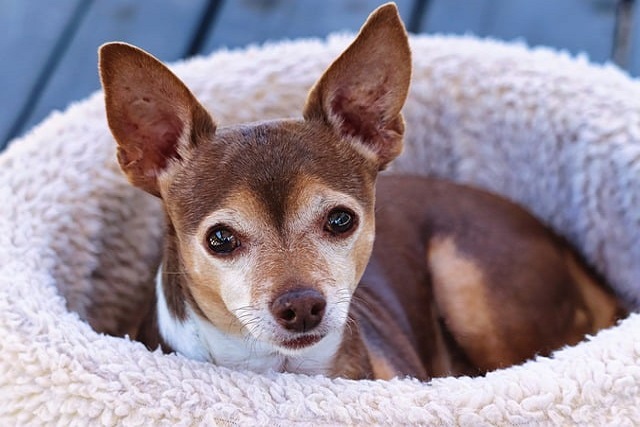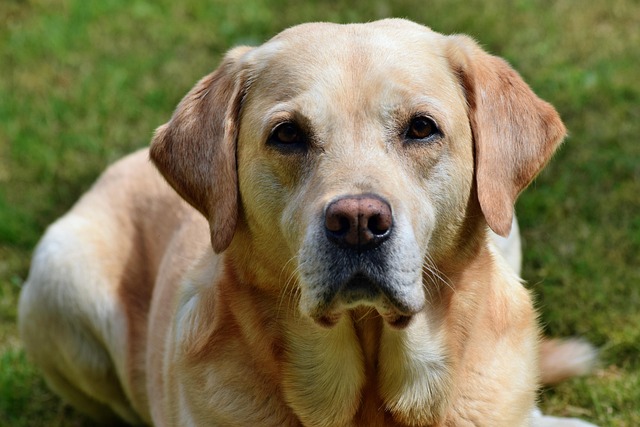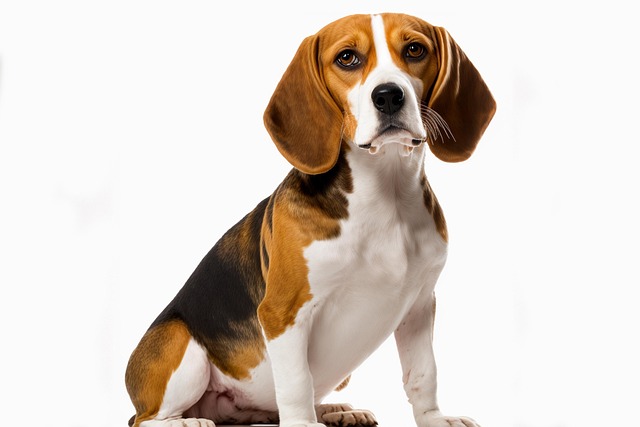When an older dog comes into our home, it brings with it the calmness that comes with years of experience and quietly accompanies us. However, older dogs sometimes defecate anywhere, which makes many owners both frustrated and helpless. Looking at the originally warm and tidy home messed up by the dog's excrement, the owner's mood will inevitably turn sour. But please believe that every dog has the possibility of learning to defecate in a fixed place, even if it has entered its old age. Training an older dog to defecate in a fixed area can not only restore our life to tidiness and order but also reflect our deep love for the dog, helping it maintain good living habits in its later years.
There are many complex reasons behind the change in an older dog's defecation habits. As the dog ages, its physical functions gradually decline, and the changes in the urinary and digestive systems are particularly obvious. The decline in kidney function may lead to frequent urination in the dog, making it difficult for the dog to hold its urine for a long time as it did when it was young; the slowdown of intestinal peristalsis will also affect the regularity of defecation. These physical changes greatly reduce the older dog's ability to control defecation, and it may "lose control" before it can run to the fixed place. In addition, some potential diseases, such as diabetes and arthritis, can also affect the dog's defecation. The polyuria symptoms caused by diabetes and the mobility impairment caused by arthritis may prevent the dog from reaching the designated defecation area smoothly.
Environmental changes are also an important factor affecting the defecation habits of older dogs. Moving house, home renovation, changes in family members, etc., may all make the older dog feel uneasy and anxious. Dogs are animals that rely heavily on familiar environments, and sudden environmental changes will disrupt their original living rhythms and behavior patterns. In such an unfamiliar and tense atmosphere, dogs may defecate anywhere to mark their territory and seek a sense of security. For example, when a new family member arrives at home, the older dog may defecate casually in the corner of the room due to not being able to adapt, as if declaring its own existence. At this time, we need to give the dog more attention and comfort to help it adapt to the environmental changes and re-establish stable defecation habits.
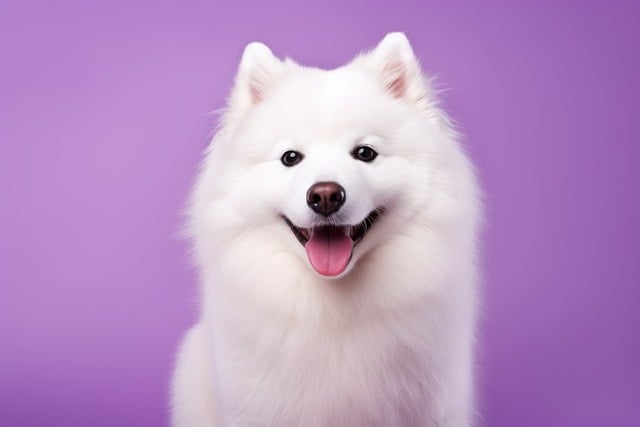 Training an older dog to defecate in a fixed place requires us to invest more patience and care. First of all, we need to select a suitable defecation area for the dog. This area should be quiet, well-ventilated, and easy to clean, such as a corner of the balcony or a specific location in the bathroom. Place the dog's commonly used litter box in this area, and lay an appropriate amount of pee pads or newspapers in the litter box to let the dog get familiar with this "little nest" for defecation. When choosing a litter box, consider the physical condition of the older dog and try to choose a litter box with a relatively shallow bottom and a large opening for the dog to enter and exit easily. In the initial stage of training, we can restrict the dog to a relatively small space, such as a single room or an area enclosed by a fence. Only place the litter box in this space, and let the dog gradually get familiar with and get used to defecating in the litter box within the limited activity range. When the dog successfully defecates in the litter box, immediately give it enthusiastic praise and rewards, such as gentle strokes and delicious snacks, so that the dog understands that defecating in this place will be recognized and loved by the owner.
Training an older dog to defecate in a fixed place requires us to invest more patience and care. First of all, we need to select a suitable defecation area for the dog. This area should be quiet, well-ventilated, and easy to clean, such as a corner of the balcony or a specific location in the bathroom. Place the dog's commonly used litter box in this area, and lay an appropriate amount of pee pads or newspapers in the litter box to let the dog get familiar with this "little nest" for defecation. When choosing a litter box, consider the physical condition of the older dog and try to choose a litter box with a relatively shallow bottom and a large opening for the dog to enter and exit easily. In the initial stage of training, we can restrict the dog to a relatively small space, such as a single room or an area enclosed by a fence. Only place the litter box in this space, and let the dog gradually get familiar with and get used to defecating in the litter box within the limited activity range. When the dog successfully defecates in the litter box, immediately give it enthusiastic praise and rewards, such as gentle strokes and delicious snacks, so that the dog understands that defecating in this place will be recognized and loved by the owner.
Observing the dog's defecation signals is a key link in the training. Although older dogs move slowly, they will still give some signals before defecating, such as circling, sniffing the ground, and walking around frequently. We should always pay attention to these behaviors of the dog. Once we find the defecation signals, immediately and gently carry the dog to the designated defecation area and let it complete defecation on the litter box. If the dog shows resistance during the process, do not drag it forcefully, but soothe it with a gentle tone and guide it to the litter box. Every successful guidance is helping the dog establish the correct defecation memory. During the dog's defecation process, we can softly encourage it beside it to make it feel at ease.
Maintaining a regular daily routine is also very important for the defecation training of older dogs. Feeding the dog regularly and in appropriate amounts every day helps the dog form a regular defecation time. Generally speaking, the dog will have a defecation need half an hour to an hour after eating. We can pay special attention to the dog during this period and guide it to the litter box to defecate. At the same time, take the dog out for a walk regularly every day to let it develop the habit of defecating in a fixed area outdoors. Even if the dog does not defecate outdoors, we should observe it closely after returning home to prevent it from defecating anywhere in the house. A regular life can make the older dog's body and mind more stable, which is conducive to the formation of defecation habits.
Training an older dog to defecate in a fixed area may not be achieved overnight and may take us weeks or even months. During this process, the dog may relapse and occasionally defecate in other places in the house. But please don't lose heart, and don't lose your temper with the dog or punish it. Every failure is an opportunity for growth, and we should summarize experience from it and adjust the training method. For example, if we find that the dog always defecates in a specific place, it may be that this place has a special attraction for it. We can try to place a litter box in this place and gradually guide it to transition to the designated defecation area.
When we see that the older dog can consciously walk to the fixed area to defecate, the joy and relief we feel are beyond words. We are not only glad that our home has been restored to cleanliness but also proud that the dog can still maintain good living habits in its old age. Let's use patience and love to create a comfortable and orderly living environment for the older dog and accompany it through a happy old age.
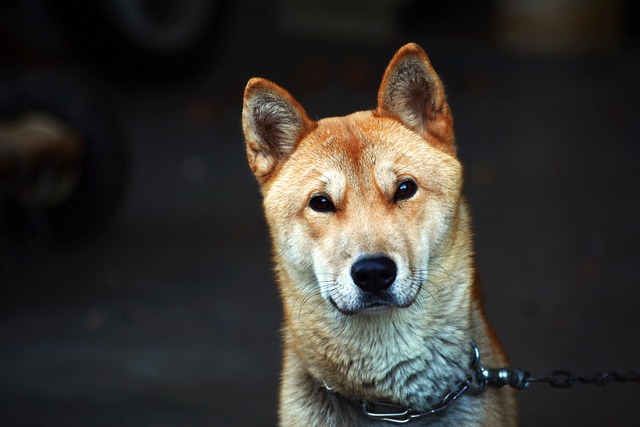
 Training an older dog to defecate in a fixed place requires us to invest more patience and care. First of all, we need to select a suitable defecation area for the dog. This area should be quiet, well-ventilated, and easy to clean, such as a corner of the balcony or a specific location in the bathroom. Place the dog's commonly used litter box in this area, and lay an appropriate amount of pee pads or newspapers in the litter box to let the dog get familiar with this "little nest" for defecation. When choosing a litter box, consider the physical condition of the older dog and try to choose a litter box with a relatively shallow bottom and a large opening for the dog to enter and exit easily. In the initial stage of training, we can restrict the dog to a relatively small space, such as a single room or an area enclosed by a fence. Only place the litter box in this space, and let the dog gradually get familiar with and get used to defecating in the litter box within the limited activity range. When the dog successfully defecates in the litter box, immediately give it enthusiastic praise and rewards, such as gentle strokes and delicious snacks, so that the dog understands that defecating in this place will be recognized and loved by the owner.
Training an older dog to defecate in a fixed place requires us to invest more patience and care. First of all, we need to select a suitable defecation area for the dog. This area should be quiet, well-ventilated, and easy to clean, such as a corner of the balcony or a specific location in the bathroom. Place the dog's commonly used litter box in this area, and lay an appropriate amount of pee pads or newspapers in the litter box to let the dog get familiar with this "little nest" for defecation. When choosing a litter box, consider the physical condition of the older dog and try to choose a litter box with a relatively shallow bottom and a large opening for the dog to enter and exit easily. In the initial stage of training, we can restrict the dog to a relatively small space, such as a single room or an area enclosed by a fence. Only place the litter box in this space, and let the dog gradually get familiar with and get used to defecating in the litter box within the limited activity range. When the dog successfully defecates in the litter box, immediately give it enthusiastic praise and rewards, such as gentle strokes and delicious snacks, so that the dog understands that defecating in this place will be recognized and loved by the owner.